
Interior
As we've implied already, there's a considerable difference in the strength and weight of the two panels on our windowed sample although this is hardly surprising: One is made entirely of steel and backed by noise-dampening material while the majority of the windowed panel is made from acrylic. The two panels use a hinged design which makes them very simple to replace after you're done tinkering. Unclipping the roof's ModuVent fan blanking plate from the inside is a little fiddly and it also feels thin and cheap.In modernising the Define Mini, Fractal has opted for a dual chamber design that comes courtesy of a fixed PSU cover, with zero airflow interference in the main chamber thanks to a lack of optical and hard drive mounts here. This is pretty much the norm for all modern cases now. The motherboard area is spacious, although you only get one standoff pre-installed. You may also have noticed that the case has five expansion slots, meaning it supports certain dual-GPU setups where the lowest slot on the micro-ATX motherboard houses a dual-slot graphics card.
Looking at the lower chamber, we see that the PSU is installed first onto a bracket and then slid in from the rear – it's a mechanism that does its job just fine. Rubber pads isolate the PSU from the bottom of the chassis to prevent fan vibrations making noise, although there's no rubber or foam where the unit meets the rear of the case or on the mounting bracket.
A single drive mounting tray is fixed via a single thumbscrew across the main cutout in the motherboard tray. Onto this you can install up to three 2.5in drives – it's a quick and effective system.
Meanwhile, the front of the lower chamber plays host to a two-bay drive cage. Inside are Fractal's excellent metal drive trays – most companies use plastic ones so these are a cut above in terms of build quality. Rubber grommets come pre-fitted for 3.5in drives, while 2.5in drives can also be installed here using screws as usual. The drive cage is secured with four screws in the bottom of the case. Thanks to elongated mounting struts, the cage can be moved further back into the case to make way for front-mounted water-cooling hardware or removed entirely to give you even more space. With the cage removed, there are mounting holes that allow you to install a 3.5in drive directly on the case floor or even a 120mm fan.
With offset mounting holes, the roof can accommodate 240mm radiators with pretty much no limitation on thickness provided your RAM modules are less than 40mm in height. At the same time, you can install 240mm or 280mm radiators in the front fan mounts, although 280mm radiators cannot be more than 145mm wide. To help make room, the front portion of the PSU cover can be removed by undoing two screws at the front – this is fussy, however, as you need to remove the front panel and filter to get access, and we also had to loosen the screws on the 120mm fan to move it up and out of the way of the mid-plate when lifting it out. Custom loops shouldn't be too much hassle, but the focus from Fractal does appear to have been all-in-one coolers as there aren't any reservoir or pump mounting points built in or brackets supplied.
We've few complaints when it comes to cable routing here. There's between 15 and 35mm of space to play with behind the motherboard tray, with the deepest area being the indented channel near the front where you'll find a trio of nifty Velcro cable ties. There's a handful of anchor points and zip ties to help finish the job, and cable routing holes surround the motherboard in all the useful places, most of which are shielded with rubber grommets. With all the internal cables sleeved black as well, you're sure to keep things looking tidy.

MSI MPG Velox 100R Chassis Review
October 14 2021 | 15:04

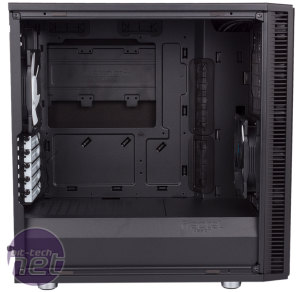
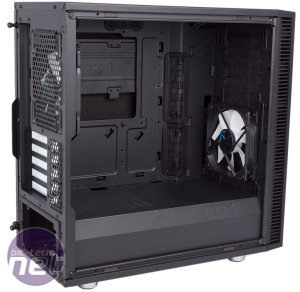
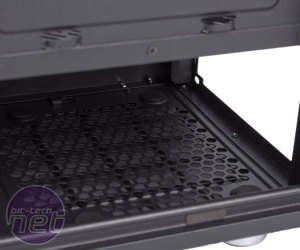
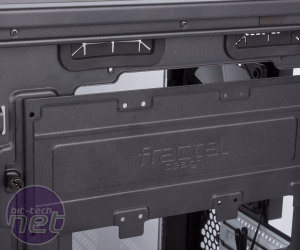

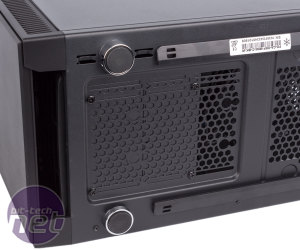
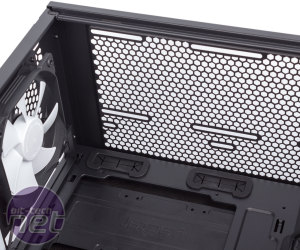
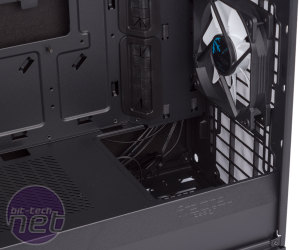
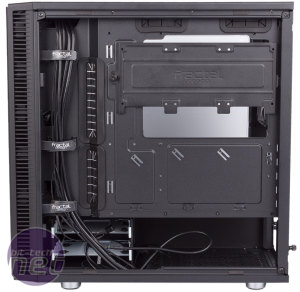
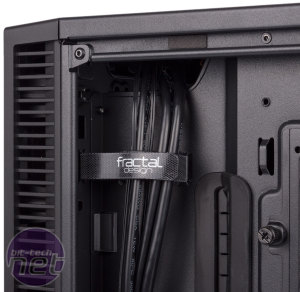
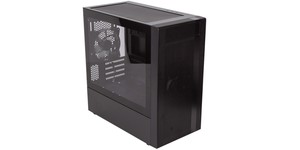
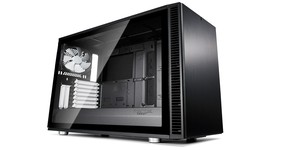
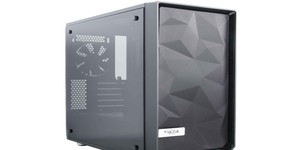




Want to comment? Please log in.